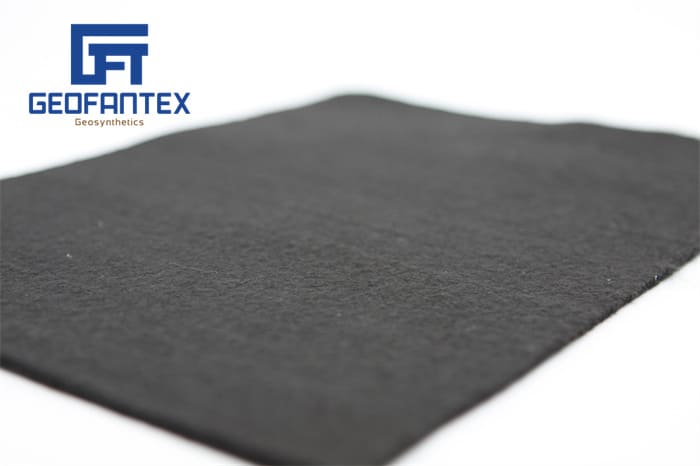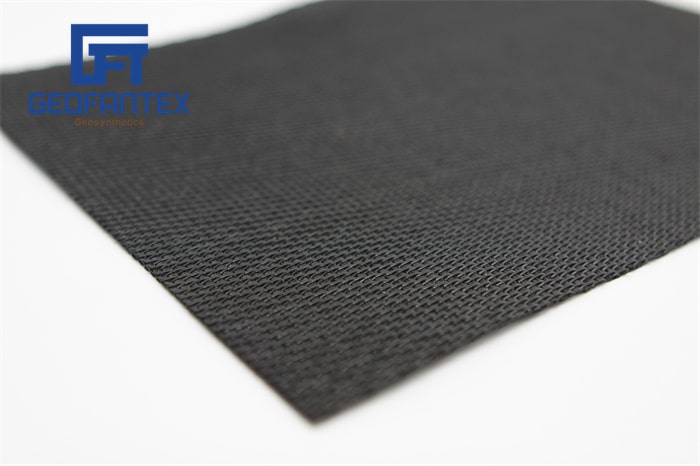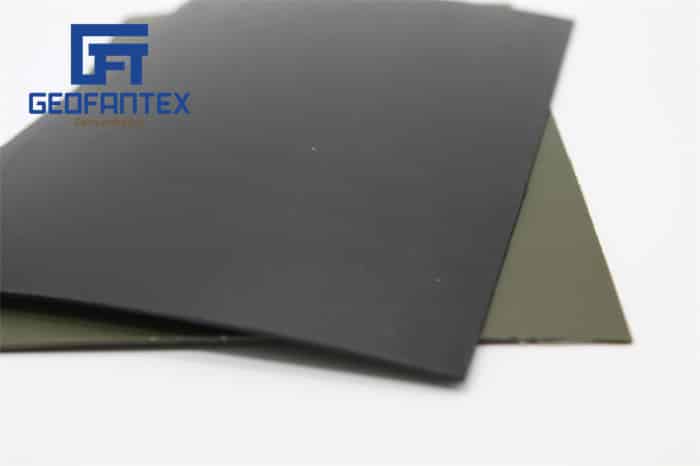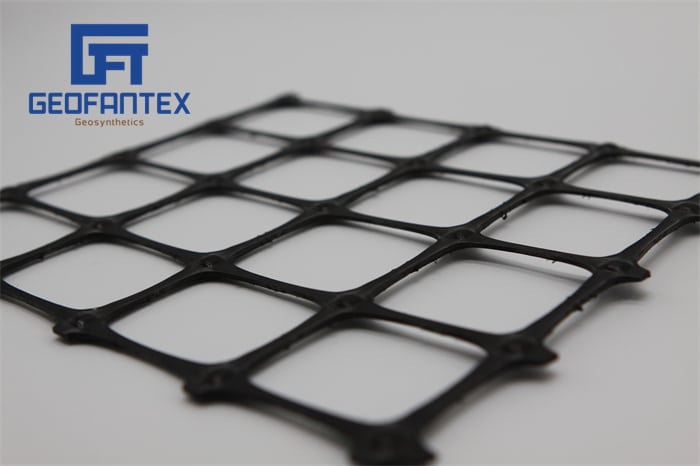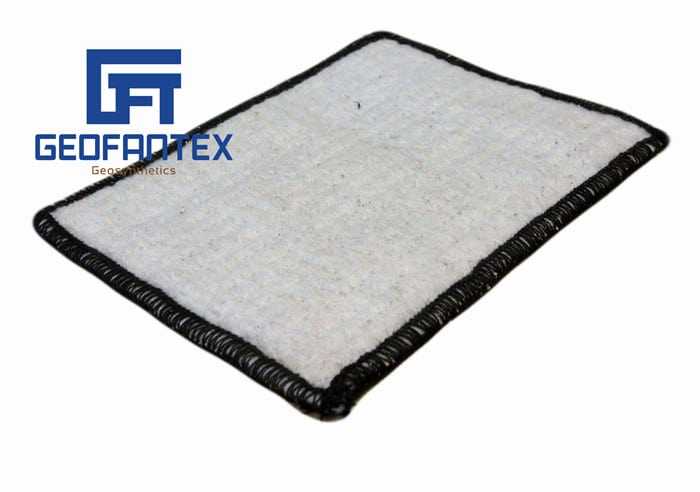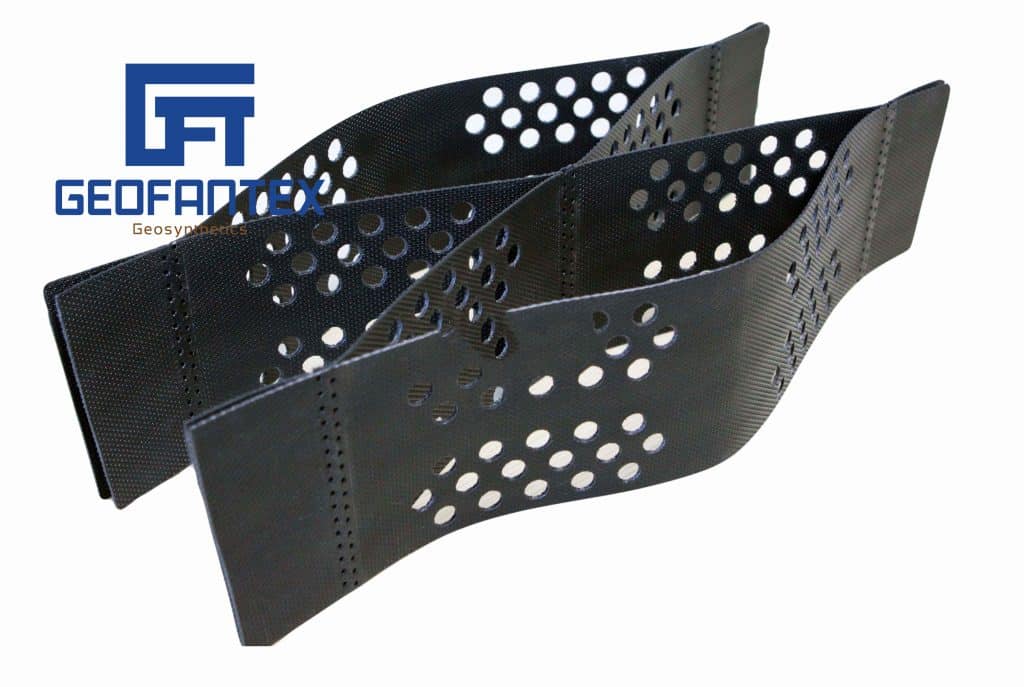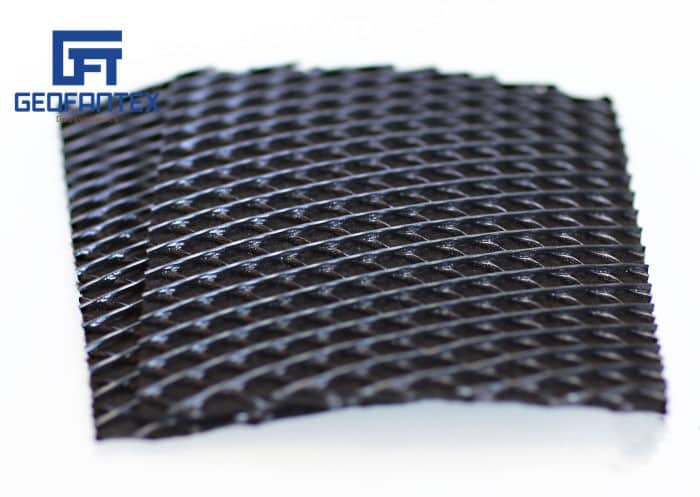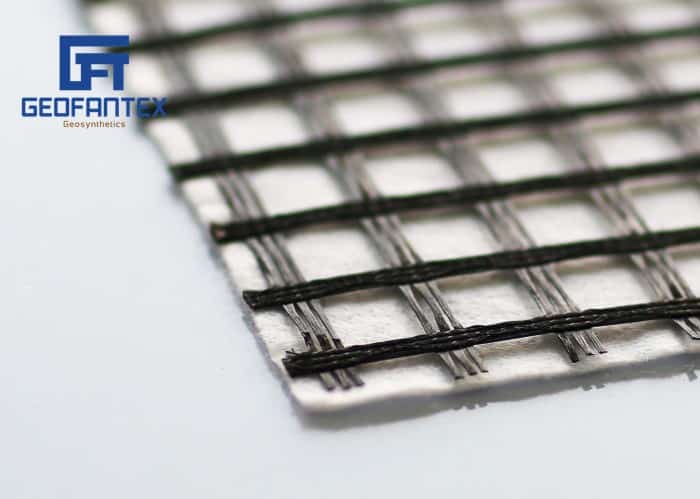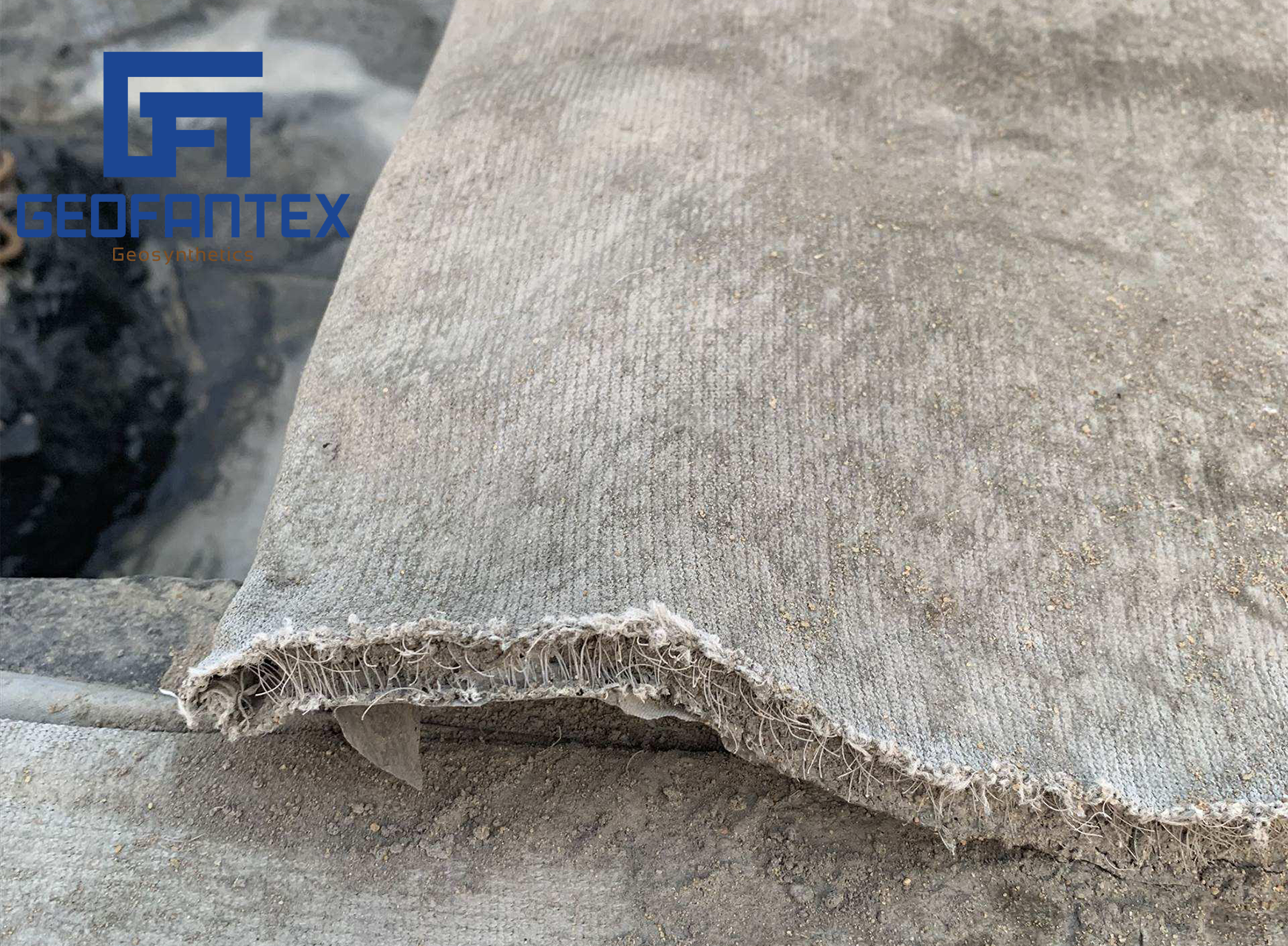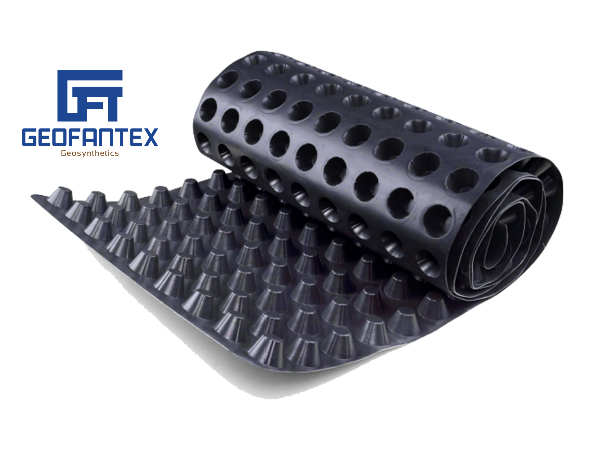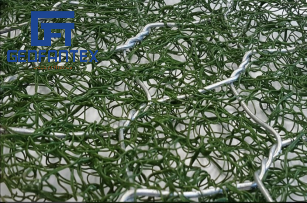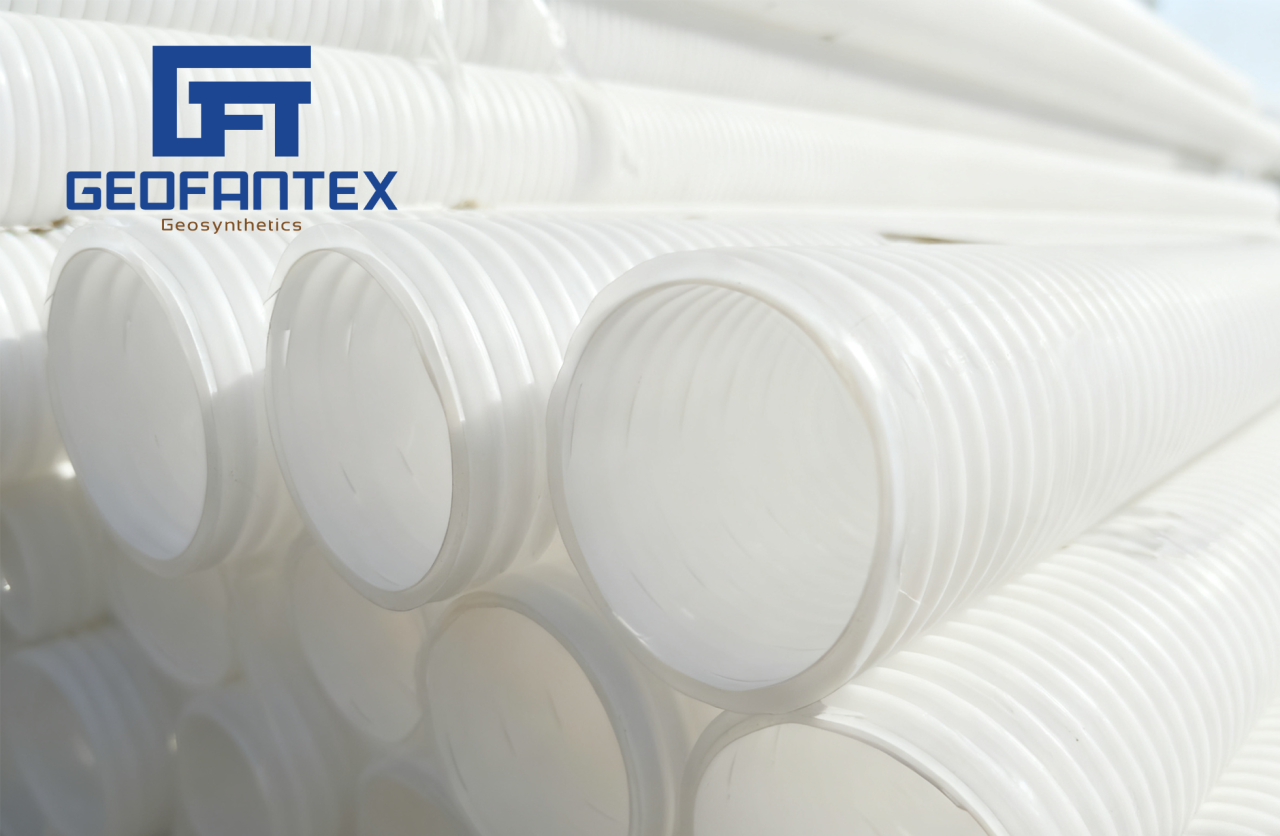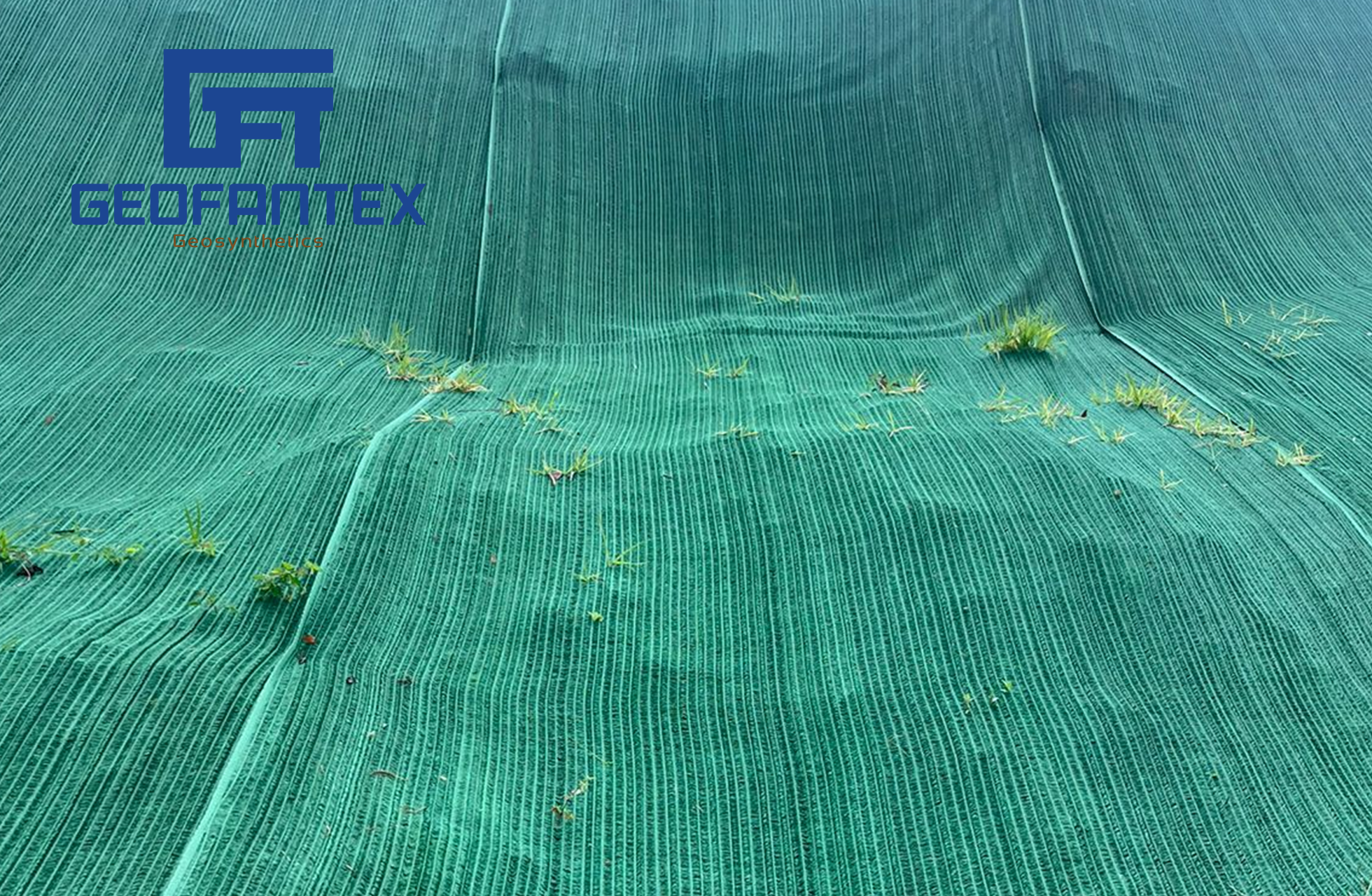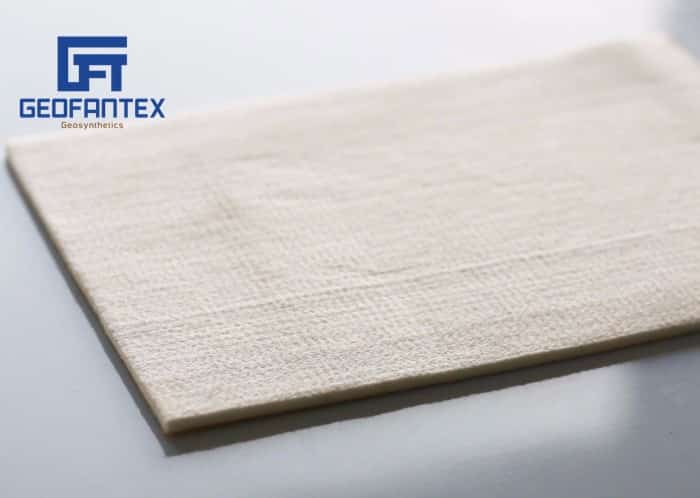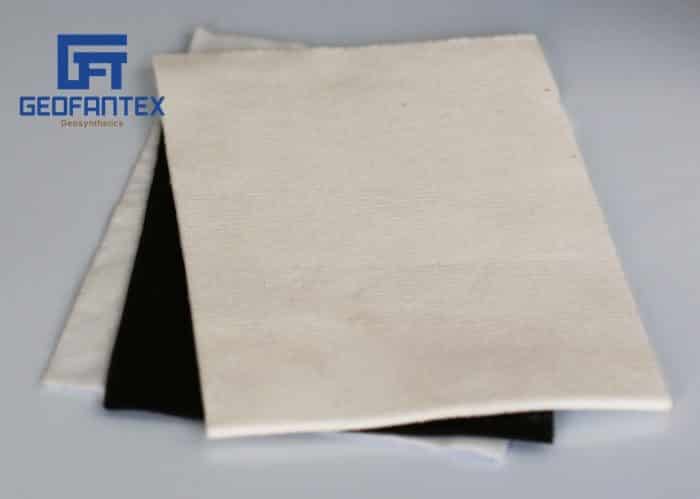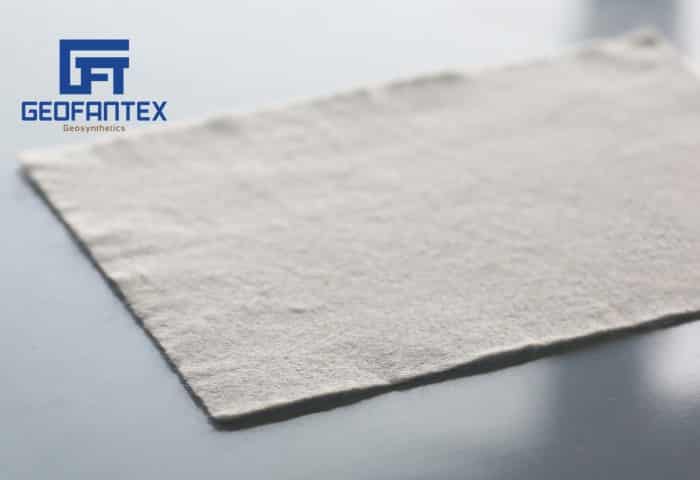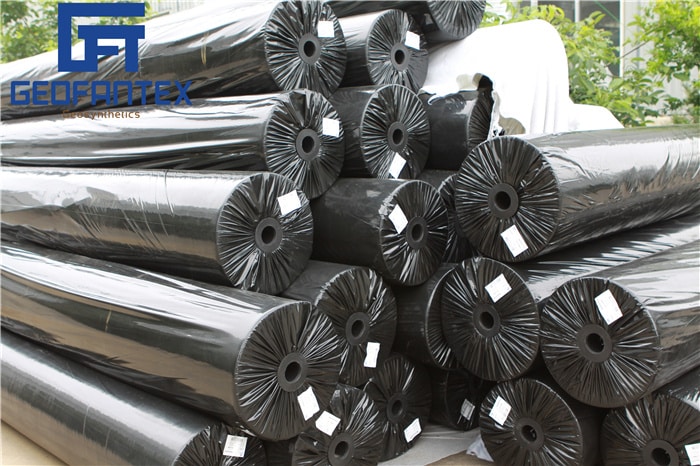+86-159 9860 6917
info@geofantex.com
geofantex@gmail.com
+86-400-8266163-44899
Geotextile placement is an essential technique in the construction and infrastructure industry. Geosynthetics, including geotextiles, play a key role in the design and execution of projects that require improved soil stability, erosion protection, and drainage management. In this article, we explore the applications and benefits of geotextiles, as well as best practices for their effective placement in different scenarios.
What is geotextile placement and what is it used for?
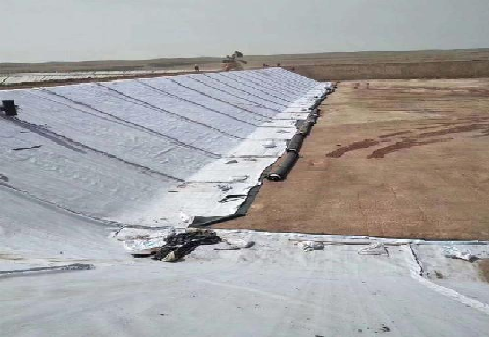
Geotextile placement is the process of laying geotextile fabric in soil to perform specific functions like filtration, drainage, separation, and reinforcement.
Common Uses:
- Erosion Control: Protects slopes, banks, and other surfaces from erosion.
- Separation: Prevents soil layers from mixing (e.g., sand from soil).
- Reinforcement: Strengthens weak soils in roads, embankments, and walls.
- Filtration: Allows water flow while preventing soil erosion.
What are the benefits of using geotextiles in construction?
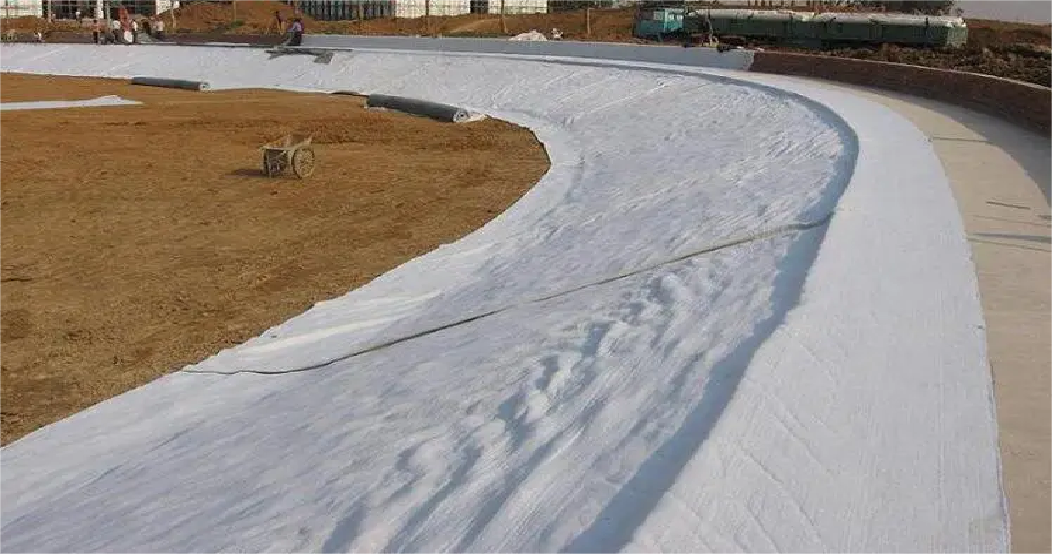
Using geotextile placement in construction offers a variety of benefits. Firstly, geotextiles provide reinforcement to weak soils and improve their stability. They also act as filtration barriers, preventing fine particles from moving or sliding, which is crucial to avoid clogging drainage systems. In addition, geotextiles contribute to the reduction of erosion, protecting vulnerable areas during construction.
How is geotextile installation carried out in infrastructure projects?
Geotextile placement must be carried out accurately to ensure its effectiveness. The first step is to properly prepare the installation area, ensuring that the ground is free of large stones and other debris that can damage the material. The geotextile is then placed on the surface, ensuring that it is well-aligned and wrinkle-free. In some cases, the material can be fixed to the ground using anchors or cranes, depending on the ground conditions.
What factors should be considered when choosing the right geotextile for a project?
When selecting a geotextile for geotextile placement in a project, it is essential to consider the soil type, the purpose of the project, and the environmental conditions. Geotextiles vary based on their strength, permeability, and filtration capacity. It is important to choose a material that is specifically suited to the needs of the project, ensuring that it provides adequate reinforcement or protection for the ground and surrounding structures.
In summary, geotextile placement is a crucial technique in modern construction, improving soil stability, optimizing drainage, and protecting against erosion. By following best practices and choosing the right geotextile, engineers, and builders can ensure that their projects are more durable and effective.
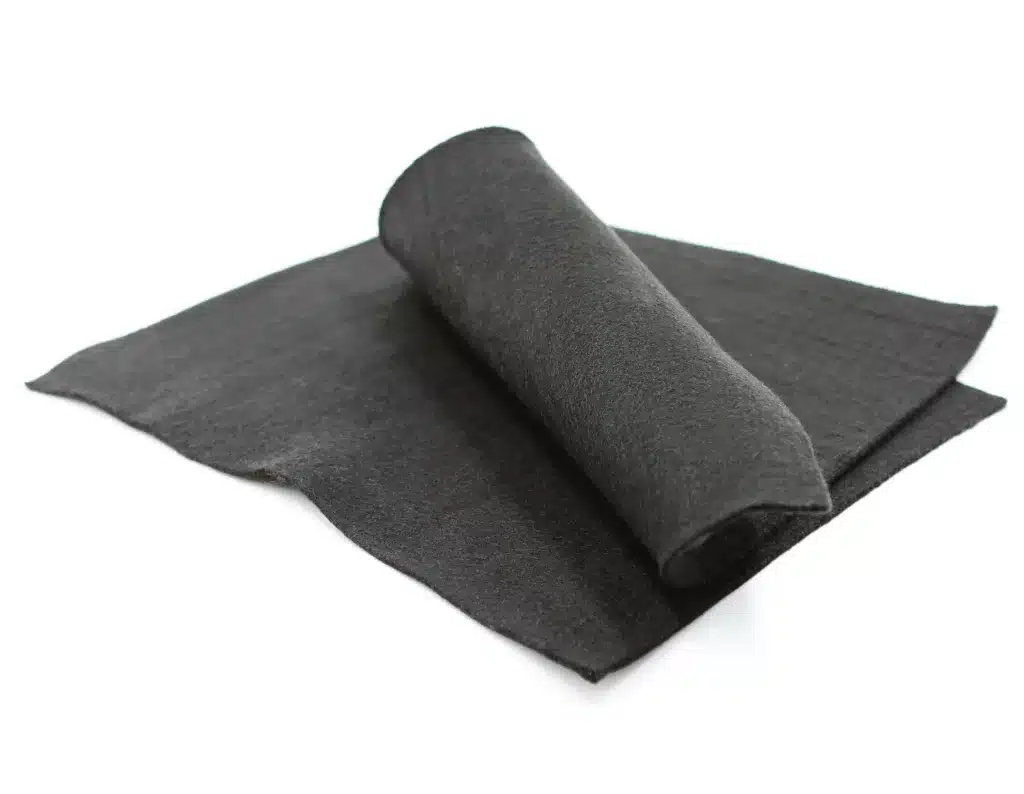
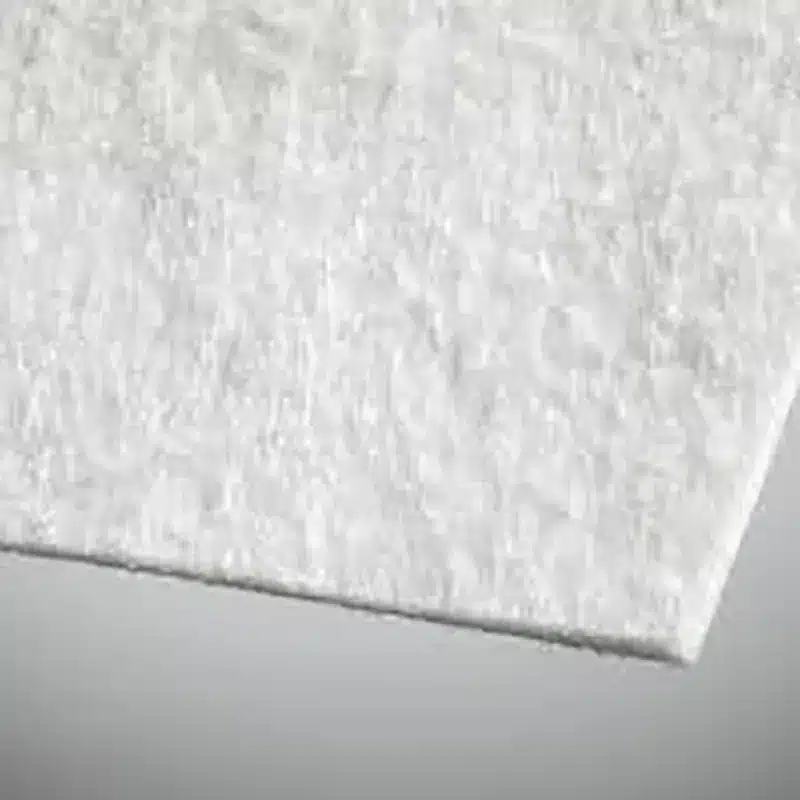
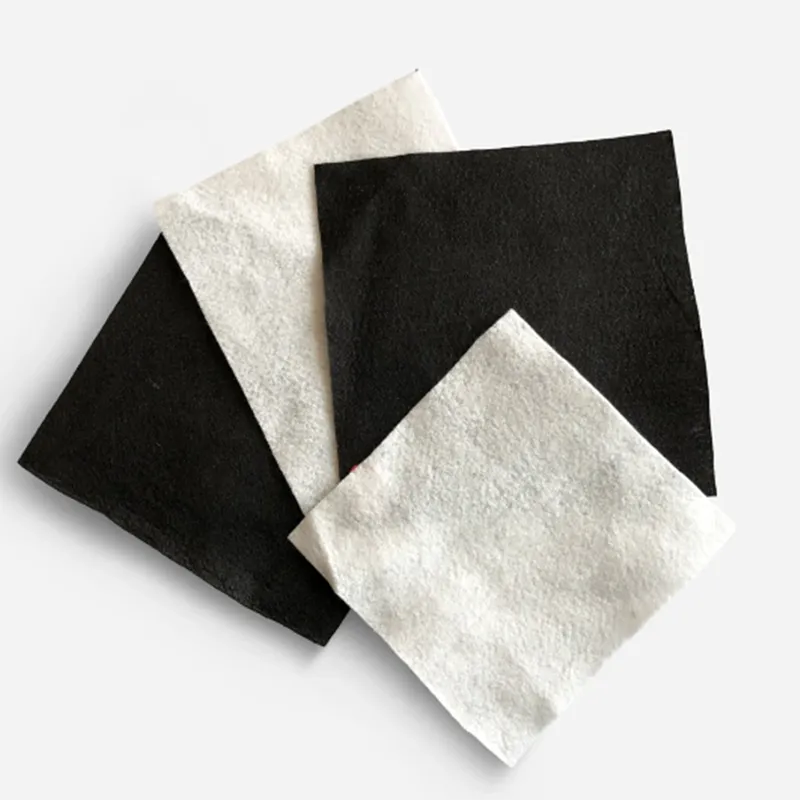
Get Free Sample
We’ll respond as soon as possible(within 12 hours)

